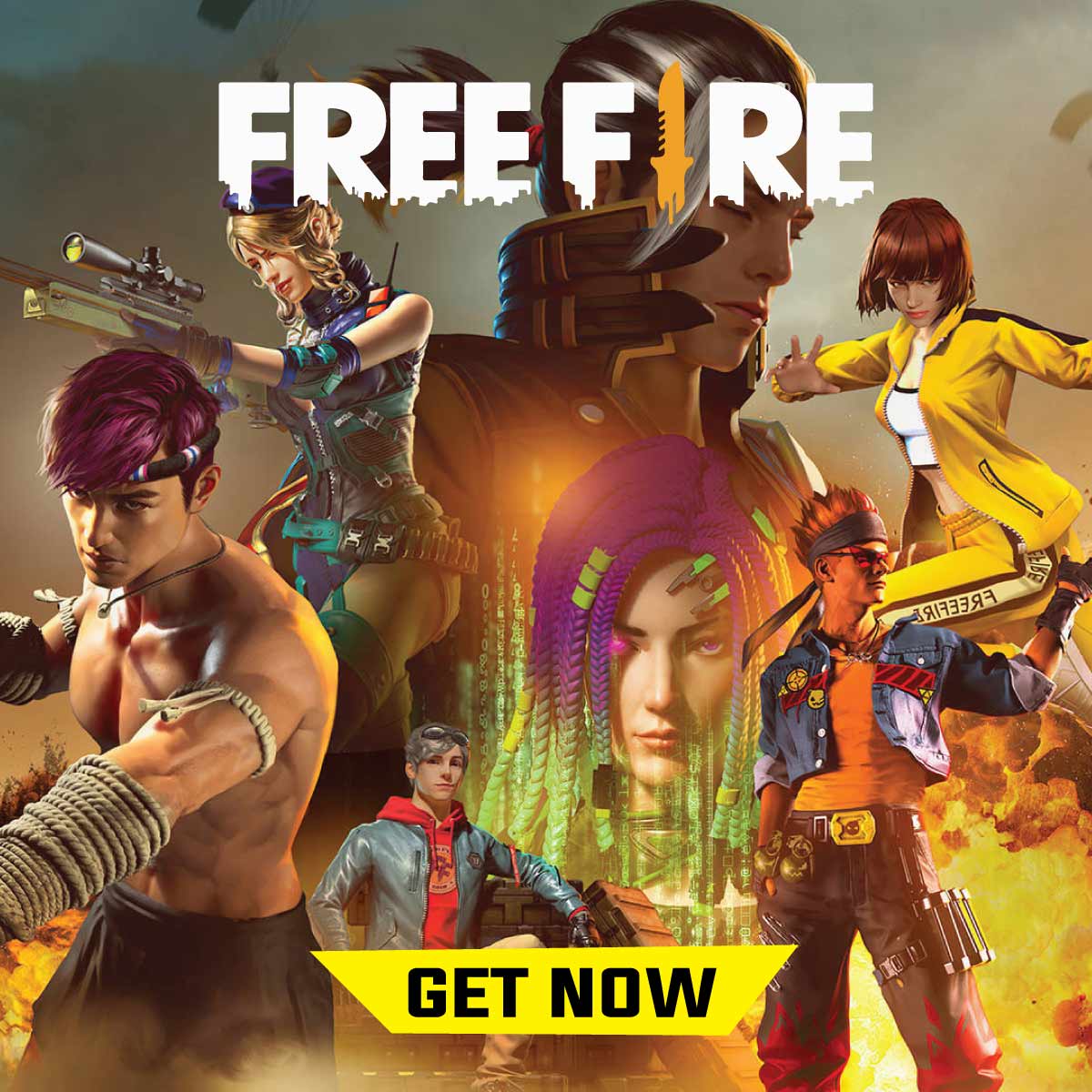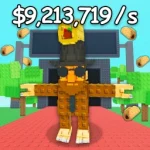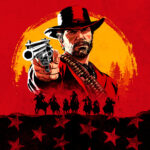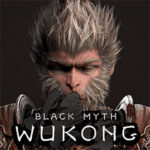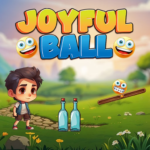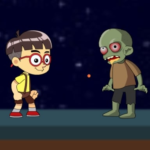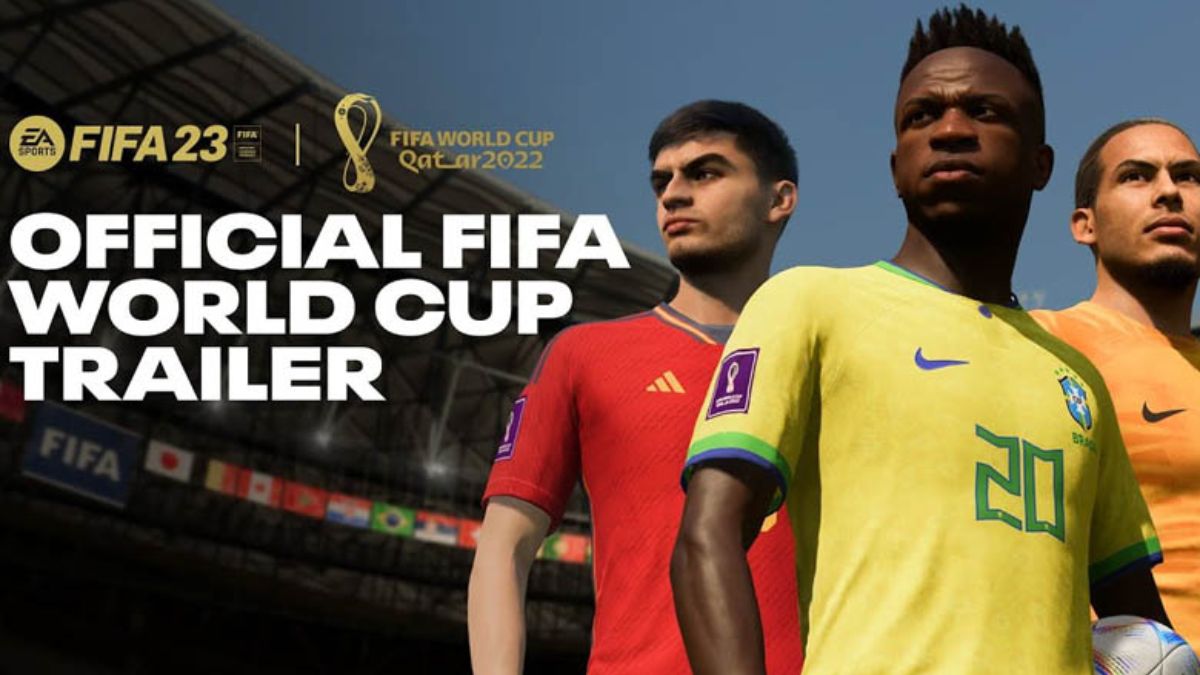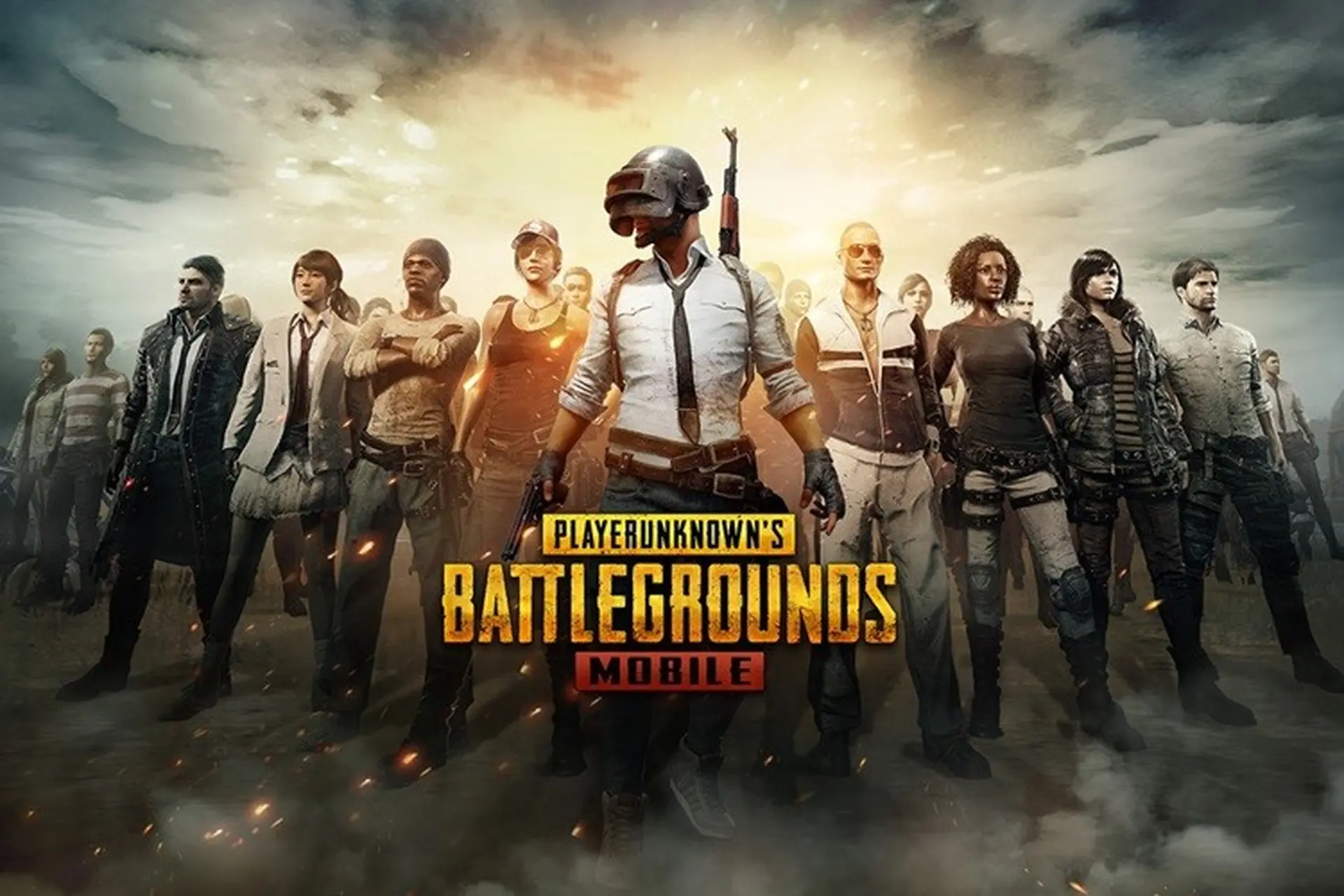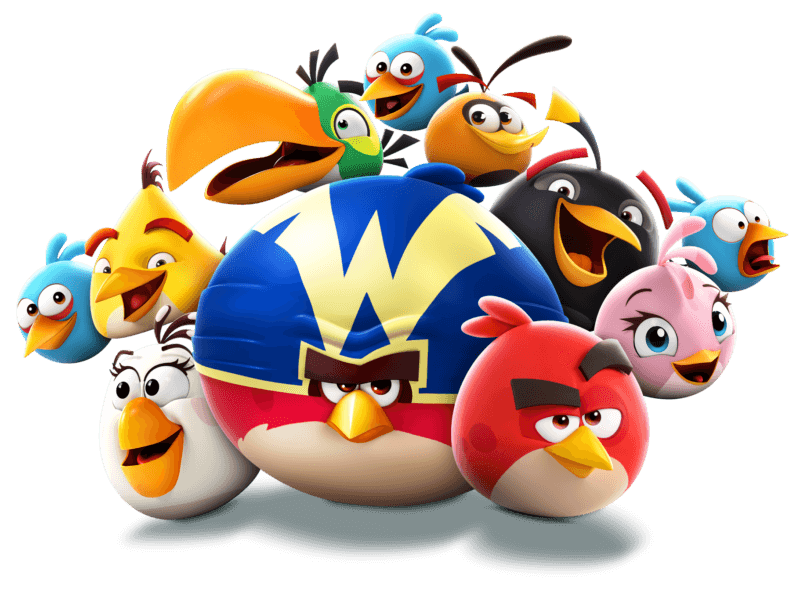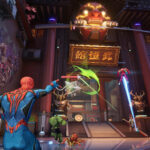Garena Free Fire: A Comprehensive Exploration of the Battle Royale Phenomenon
Introduction
Garena Free Fire is a popular battle royale game developed by 111 Dots Studio and published by Garena. Since its release in 2017, it has captured the attention of millions of players worldwide with its fast-paced gameplay, vibrant graphics, and engaging mechanics. Designed primarily for mobile devices,
Free Fire offers a unique gaming experience that combines survival, strategy, and action. As one of the most downloaded games on mobile platforms, it has carved out a significant niche in the gaming community. This article delves into the origins of
Garena Free Fire, its gameplay mechanics, character dynamics, community engagement, and the pros and cons of the game, providing a comprehensive overview of why it continues to thrive in the competitive landscape of mobile gaming.
The Origins of Garena Free Fire
The development of
Garena Free Fire is rooted in the rise of the battle royale genre, which gained immense popularity with titles like
PUBG and
Fortnite.
Development Journey
Garena Free Fire was developed by 111 Dots Studio in response to the growing demand for battle royale games on mobile devices. The developers aimed to create a more accessible and engaging experience that could be enjoyed by players in various regions, particularly Southeast Asia, where mobile gaming is exceptionally popular.
Inspiration and Concept
The game draws inspiration from the classic battle royale format, placing players on an island where they must compete against each other to be the last person standing. However,
Free Fire differentiates itself with shorter match durations, unique characters, and a focus on team-based gameplay, making it appealing to both casual and competitive players.
Initial Reception
Upon its release,
Garena Free Fire quickly gained traction, becoming one of the top downloaded mobile games globally. Players praised its accessibility, engaging mechanics, and visually appealing graphics. The game's unique blend of gameplay elements and its focus on mobile optimization contributed to its rapid rise in popularity.
Gameplay Mechanics
At the heart of
Garena Free Fire lies its engaging gameplay, which emphasizes strategy, survival, and fast-paced action.
Core Features
The game features several elements that enhance player engagement and enjoyment.
Battle Royale Format
- Diverse Game Modes: Players can choose from various game modes, including solo, duo, and squad matches, allowing for different styles of play.
- Fast-Paced Matches: Each match lasts around 10 minutes, making it suitable for players looking for quick gaming sessions without sacrificing excitement.
Character System
One of the standout features of
Garena Free Fire is its character system, which adds depth to the gameplay.
Unique Abilities
- Diverse Characters: Each character possesses unique abilities that can influence gameplay strategies. For example, some characters can heal teammates, while others can enhance weapon accuracy or movement speed.
- Character Customization: Players can unlock and customize characters, allowing them to tailor their gameplay experience based on their preferences.
Weapons and Equipment
The game offers a wide array of weapons and equipment, enhancing the strategic elements of gameplay.
Weapon Variety
- Extensive Arsenal: Players can choose from a variety of firearms, melee weapons, and grenades, each with distinct characteristics and advantages.
- Looting Mechanic: Players must scavenge for weapons and supplies on the island, adding an element of strategy as they decide when and where to engage in combat.
Community Engagement
The
Garena Free Fire community plays a crucial role in the game’s ongoing success, fostering interaction and collaboration among players.
Online Presence
The game has a vibrant online presence, with players actively engaging on social media platforms, forums, and streaming channels.
Fan Art and Content Creation
- User-Generated Content: The community is known for creating fan art, videos, and tutorials related to Free Fire, showcasing their creativity and passion for the game.
- Streaming and YouTube: Many content creators share gameplay experiences, tips, and challenges, attracting a wide audience and promoting community engagement.
Events and Competitions
Garena frequently hosts events and competitions to keep the community engaged and excited.
Major Events
- In-Game Events: Special events introduce limited-time activities, exclusive items, and themed challenges, encouraging players to participate and enjoy the festivities.
- Esports Tournaments: Garena Free Fire has a thriving esports scene, with tournaments offering substantial prize pools, attracting top players and teams from around the world.
The Cultural Impact of Garena Free Fire
Garena Free Fire has made a significant cultural impact, resonating with players and influencing the broader landscape of mobile gaming.
Popularity Among Players
The game appeals to a diverse audience, particularly younger players who appreciate its accessibility and engaging gameplay.
Trends and Fads
- Memes and Viral Content: The game’s characters and gameplay mechanics have led to the creation of memes and viral content, further increasing its visibility within the gaming community.
- Influence on Game Design: Garena Free Fire has inspired other developers to incorporate similar mechanics and features, enriching the overall mobile gaming experience.
Educational Applications
The themes and mechanics presented in
Garena Free Fire can also be utilized in educational settings.
Learning Through Play
- Strategic Thinking: Players develop critical thinking and strategic planning skills as they navigate the challenges presented in the game.
- Teamwork and Communication: The game encourages collaboration and communication among players, fostering valuable social skills.
The Evolution of Garena Free Fire
Since its launch,
Garena Free Fire has undergone significant changes, continually evolving to enhance the player experience.
Regular Updates
The developers have shown a commitment to keeping the game fresh through frequent updates and new content.
Major Updates
- New Features and Characters: Regular updates introduce new characters, abilities, and weapons, keeping players engaged and encouraging them to explore.
- Quality of Life Improvements: Ongoing patches address gameplay issues and enhance overall performance, ensuring a smooth experience for users.
Community Feedback
The developers actively engage with the community, taking player feedback into account for future updates and improvements.
Listening to Players
- Surveys and Polls: The team often conducts surveys to gather opinions on potential changes or new content, ensuring that the game evolves based on user needs.
- Developer Updates: Regular communication from the development team keeps players informed about upcoming features and improvements.
The Future of Garena Free Fire
The future of
Garena Free Fire looks promising, with ongoing support and potential for growth.
Upcoming Features
Developers have hinted at new content and features designed to enhance the player experience, including new maps, characters, and gameplay mechanics.
Expanding Universe
As
Garena Free Fire continues to evolve, players can expect more interconnected stories, challenges, and collaborations, further enriching the game’s universe.
Conclusion
Garena Free Fire has successfully established itself as a leading title in the mobile gaming landscape, offering an engaging blend of fast-paced action, strategy, and social interaction. With its vibrant visuals, extensive customization options, and strong community engagement, it continues to attract players of all ages. While the game faces challenges such as technical issues and a learning curve, its strengths far outweigh its drawbacks, earning it a rating of 9/10. As players continue to explore the thrilling world of
Garena Free Fire, they can look forward to new experiences and the ongoing evolution of this beloved title. The journey through the action-packed universe of
Garena Free Fire is just beginning, and the future holds exciting possibilities for both the game and its dedicated fanbase.
